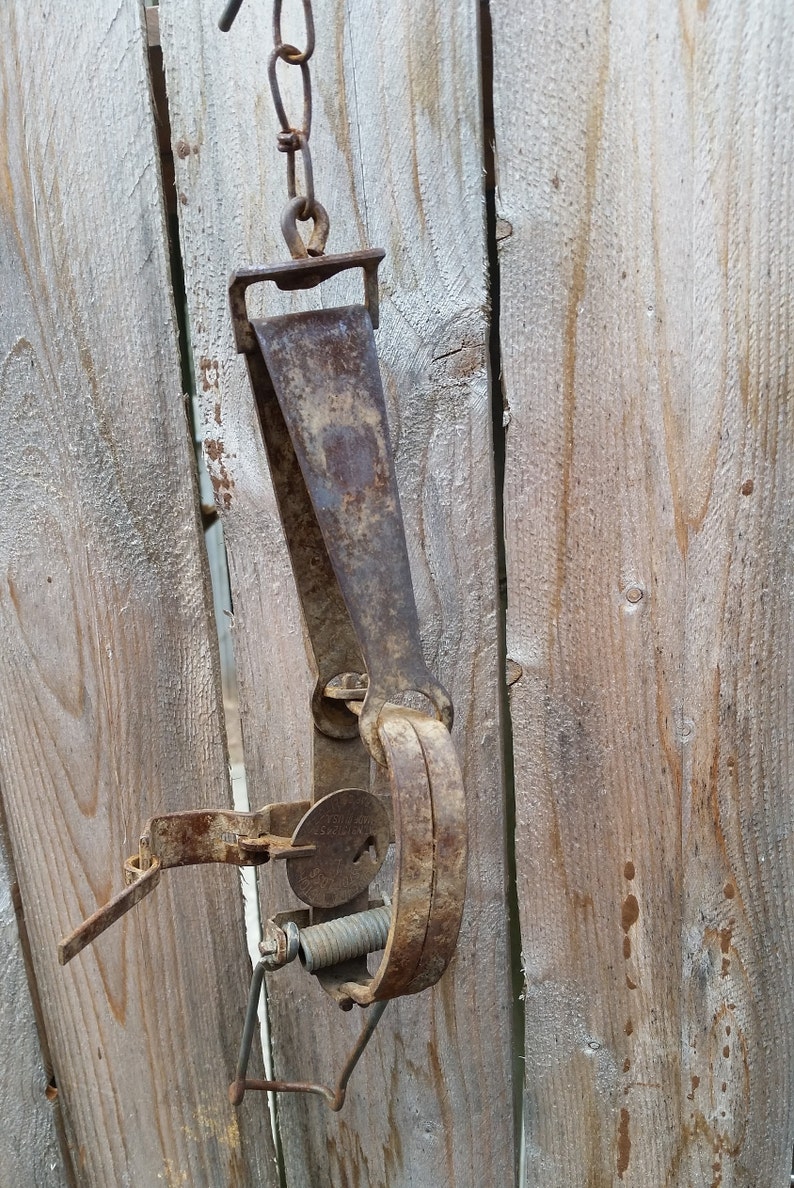


Traps with collecting heads can be left for periods of time and visited only to remove specimens. Heat or some type of chemical (such as a vapona or DDVP strip) in the jar immobilizes insects. Although insects trapped in the top can then be removed by hand or using a jar, most commercially-available models have collecting chambers at the top corners which are jars with a funnel leading into the that prevents escape (similar to a lobster or minnow trap). When they hit the screen they fly up, only to be trapped in a tent-like top. One design uses a vertically-hung semi-transparent screen into which insects fly. Malaise traps take advantage of this behavioral reaction. Many flying insects fly straight up to the light when disoriented or panicked. Even a simle vegetable oil-soaked piece of an index card (1 by 1 inch) makes an attractive baited card sampler! For sugar-feeding ants, cookies such as “pecan sandies” have been used. For grease-feeding ants, peanut butter, hot dog (processed meat) pieces, soybean or olive (vegetable) oil-soaked pieces of index cards are commonly used. Attractants are selected on their attractiveness to the groups being collected or studies. Simply, suitable containers such as vials, condiment cups or test tubes are placed on their sides on the ground and an attractive substance is placed in the vial. Collection and monitoring of certain groups of insects, particularly ants, can be accomplished using baited vials. However, is does not evaporate, allowing traps to be placed for extended periods of time before retrieving specimens collected.īaited vials. Anti-Freeze is attractive and highly toxic to animals such as dogs, so care must be taken when using this materials. Alternatively, they can be partially filled with a fluid such as soapy water or Anti-Freeze. In addition, some collectors place a tile or similar object on top of the trap to make it more attractive to crawling insects, or increase yield by construction metal or wooded “baffles” or walls in an “X” configuration with the container buried in the center.Ĭontainers can be clean or have inner vertical surfaces coated with a “slick” material preventing escape such in the cockroach trap or a light dusting of talcum (baby) powder. Occasionally, collectors place a funnel in the top of the container to reduce the likelihood of escape or evaporation fluid in the containers. These are basically jars or other suitable containersīuried in the ground so that insects walking on the ground fall in. Ground-dwelling arthropods, particularly ants, ground beetle adults and larvae, can be collected or sampled using pitfall traps. Of course, use of sticky materials to trap insects results in the collection of poor specimens even when attempts are made to “clean up” specimens for display by soaking them in petroleum) solvents to remove the sticky materials. Other sticky reaps employ colors and or odors to enhance attraction. It is a sticky piece of card board worn on the top of the head on a cap and traps deer flies landing there to bite and try obtaining a blood meal. Another interesting trap collects deer flies (Tabanidae). These strips are generally covered with a sticky material so that flies hanging on the strips will be entrapped as a method of control. This device uses the behavior of house flies to land on vertical objects handing from ceilings. One of the earliest types of traps is the fly strip. The advantage of traps is that they can be placed in an area and left for periods of time before specimens are retrieved. Numerous devices have been developed to use insect behavior to trap specimens rather than having to chase after them.


 0 kommentar(er)
0 kommentar(er)
